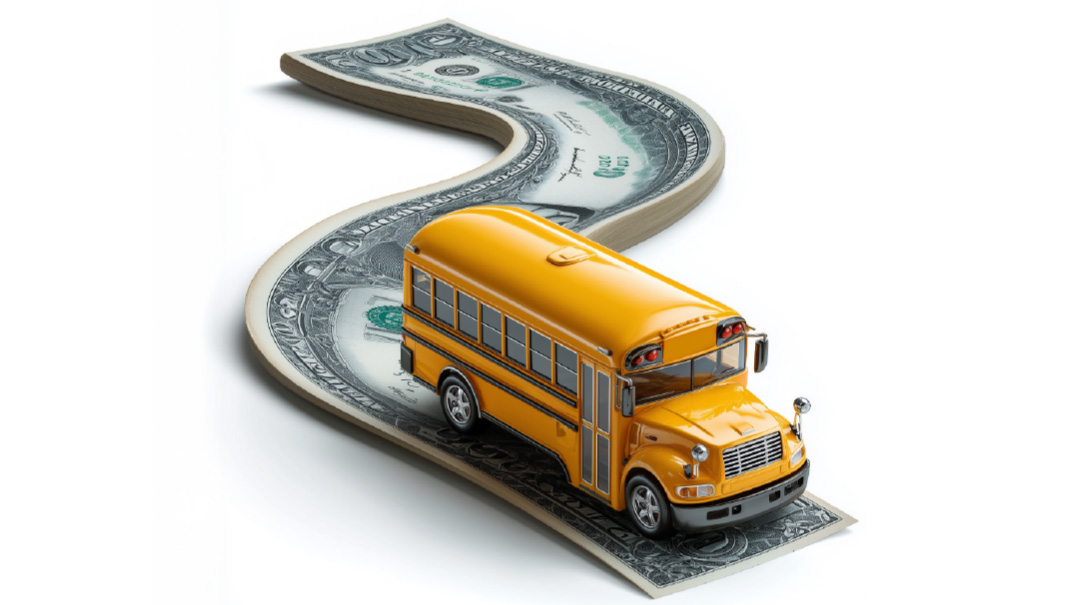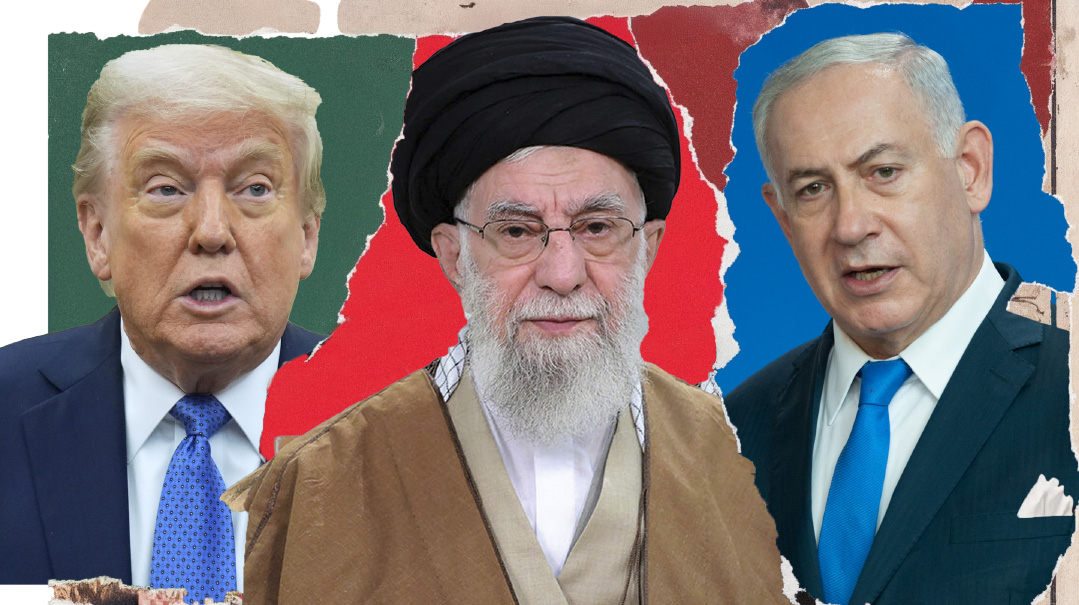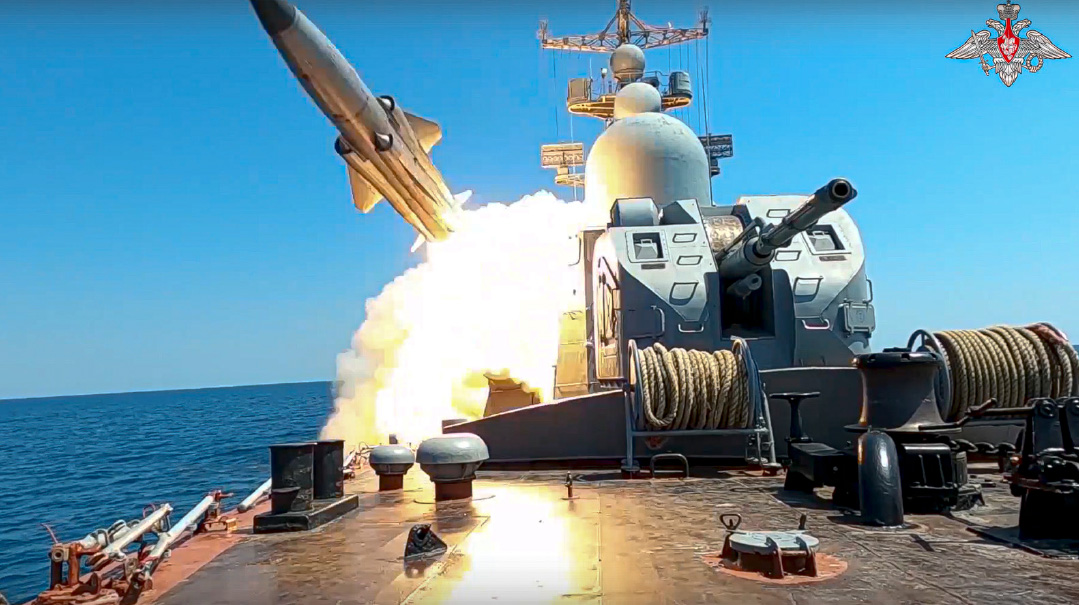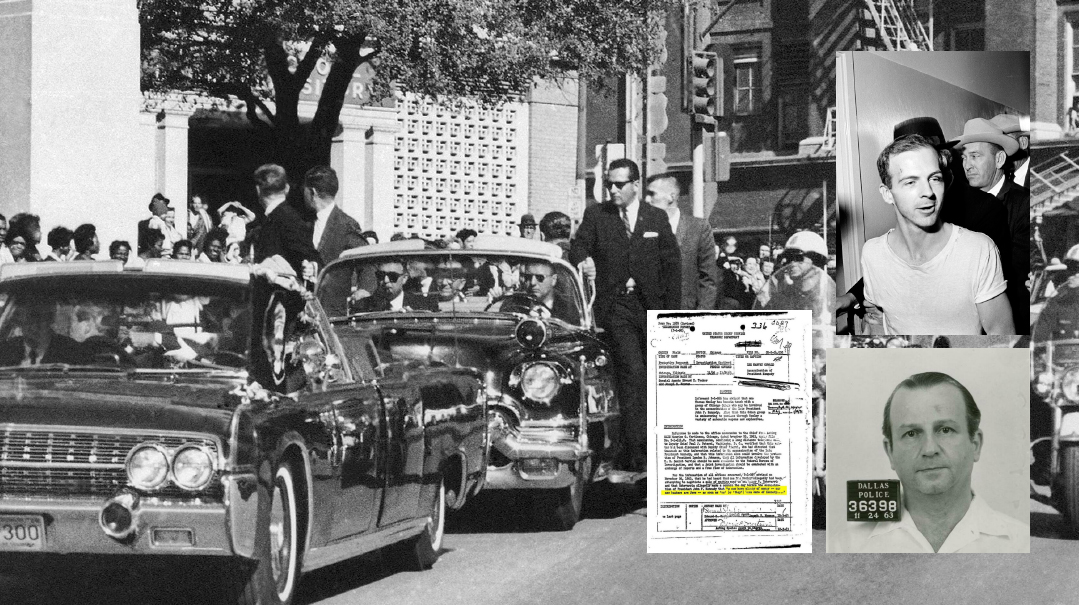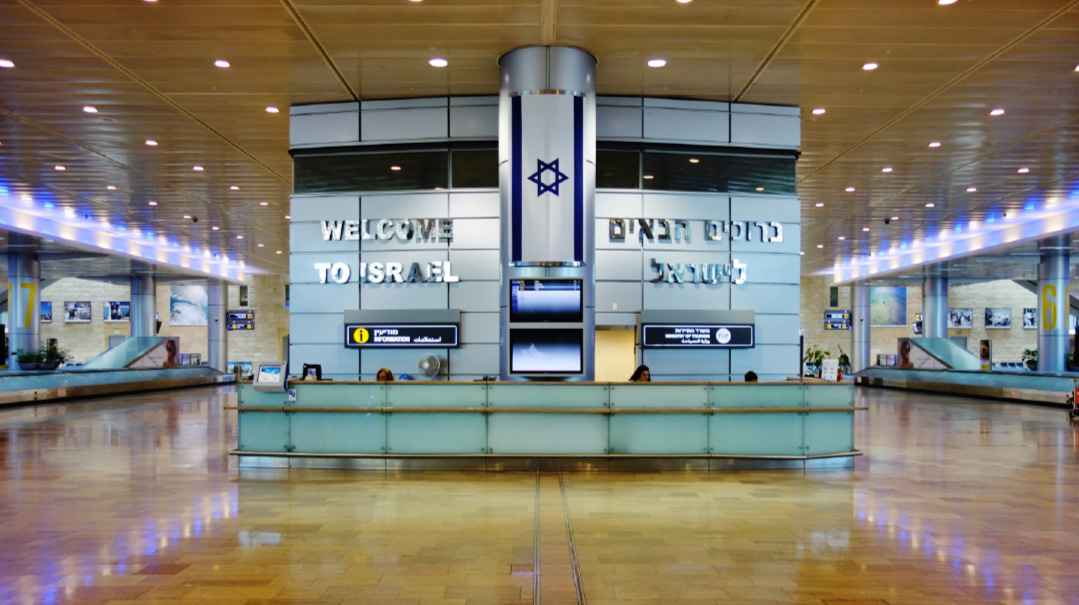Rallying for Israel
| November 21, 2023The DC rally was one of two prongs — spiritual and activist — of the communal response
Hamas’s murderous rampage on October 7 created an indelible link between Simchas Torah and Jewish martyrdom; it also unleashed a wave of Torah and tefillah across the American Orthodox world. Yeshivos returned to zeman early, batei medrash resounded with the sounds of Tehillim, a widely observed fast day was held, and hundreds of initiatives bloomed as part of the spiritual fightback that is the core of the Jewish armory.
As anti-Israel and anti-Semitic sentiment spreads widely across a long-benevolent country in the shadow of the Gaza war, last Tuesday saw American Jews of many stripes utilize another tool, that of political shtadlanus with a massive gathering of Israel supporters at the National Mall for the “March for Israel” rally. At the event’s peak, the National Mall was a sea of blue-and-white. The unprecedented turnout harked back decades to the peak of the Soviet Jewry struggle, and was notable for the diversity of the participants, which brought together a rare spectrum of American Jews and non-Jews, including feminist and evangelical groups.
One of the rally’s organizers, Rav Moshe Hauer, executive vice president of the Orthodox Union, highlighted the fact that the DC rally was one of two prongs — spiritual and activist — of the communal response. And while many Orthodox Jews, including numerous “black hatters” and chassidim, made the trip to DC, others preferred to activate spiritual forms of protection by fasting or increasing tefillos and Tehillim.
“While we could not see it with our own eyes,” Rabbi Hauer wrote, “we knew that across our entire community, people were dedicating extra efforts to tefillah, that shuls and schools everywhere were saying extra Tehillim, and that in places like Brooklyn and Lakewood, you would have to search to find a minyan that was not reciting the expanded tefillos of Yom Kippur Katan.
“Both rallies were powerful. Both rallies demonstrated with intensity and feeling that every corner of our varied community has a powerful love of Israel and Judaism and a deep concern for the soldiers and hostages.”
The Aim
As much as the atrocities of the Simchas Torah pogrom, the rally was triggered by the outpouring of anti-Israel demonstrations that began across America’s campuses and cities even before the IDF operation in Gaza had seriously begun. “We know that the bulk of Americans stand with Israel, but what politicians are seeing is the pro-Palestinian demonstrations,” says Malcolm Hoenlein, long-term vice-chair of the Conference of Presidents, a co-convenor of the rally. “We wanted to counter that message to show that the Jewish community and far beyond stand with Israel.”
In the runup to the event, comparisons were drawn — including in these pages — of the wartime Rabbis March on Washington, D.C., that brought a large rabbinical delegation to the capital in a failed attempt to meet President Roosevelt. But a more recent comparison was the 2002 rally for Israel — at the height of the Second Intifada. The difference this time was the turnout — three times higher than the 100,000 who rallied then — due to the fact that suddenly, the battle is far closer to home.
Beyond support for Israel’s right to self-defense and a demand for the release of the 240 captives held by Hamas, the rally was also an expression of US Jews’ unease at the expressions of overt anti-Semitism that have been triggered by the Hamas attack. “Three-quarters of American Jews feel unsafe, and they came to protest their own personal sense of vulnerability.”
The Turnout
Organizers of the rally requested a permit for 60,000 attendees, hoping for many more. In the event, turnout was estimated to be close to 300,000. Besides Senate Majority Leader Chuck Schumer, House Speaker Mike Johnson, and Minority Leader Hakeem Jeffries, there were many congressmen in attendance. In an example of the passionate defense of Israel that has made Bronx Democrat Ritchie Torres an outlier among fellow young progressives, the congressman called October 7 a “crime against humanity so barbaric that it cannot be ignored,” and said that “Israel must do to Hamas what America did to Al-Qaeda and the Nazis.”
A notable figure was that of maverick Pennsylvania senator John Fetterman, dressed in his trademark hoodie and cargo shorts, and draped in an Israeli flag. The non-Jewish senator — who has covered the walls of his Senate office with pictures of the Israeli captives — stood among the crowd throughout the event.
He explained to one attendee what had brought him. “My heart is broken. I met survivors who maintained their composure as they talked about what they’d been through, and I wasn’t able to maintain my composure. All the hostages need to be brought home now — that’s why I’m here.”
Also notable were the tens of thousands of Christian supporters of Israel, many mobilized by Pastor John Hagee, whose Christians United For Israel (CUFI) organization has ten million members.
What’s Next
The sheer number of those attending was an expression of the broad recognition that when it comes to defending Israel, October 7 demands a new way of thinking. Former refusenik Natan Sharansky drew a parallel between the rally and that in support of Soviet Jews in 1987, urging a younger generation of activists to step up for Israel as their grandparents had done for Russian Jews.
“The Soviet Jewry struggle is a model that we have to adopt today for Israel,” says Malcolm Hoenlein. “We need to recreate that movement to bring together the entire Jewish community and utilize resources to greater effect. Obviously, the battleground has changed with the rise of social media, but right now we’re not succeeding in winning the war for public opinion and we need to find a way to work internationally in a broad movement.”
The parallel with the Soviet Jewry struggle, says Hoenlein, is not just about structure, but also about the nature of the coalition that has to be built. “Just as back then, it was the Jewish community’s organizing that allowed non-Jews to join, today it was the fact that we came together that enabled tens of thousands of others such as the Christian groups to rally as well.”
While all eyes are on the signals coming from the White House and Congressional leaders who were the ultimate audience for the rally, the demonstration of pro-Israel resolution was a marker of how deeply American Jews were marked by the October 7 massacre, and of the renewed need for a high-profile defense of Israel.
(Originally featured in Mishpacha, Issue 987)
Oops! We could not locate your form.

